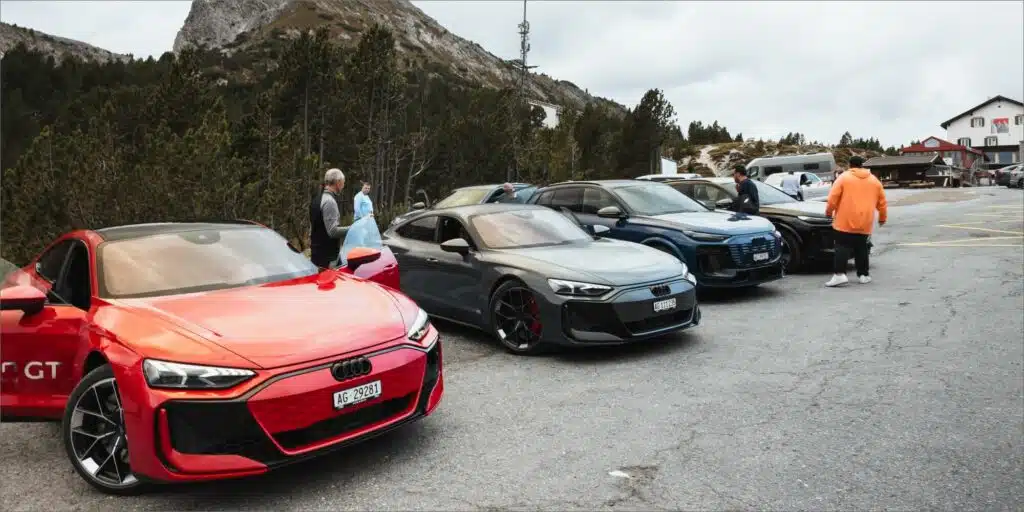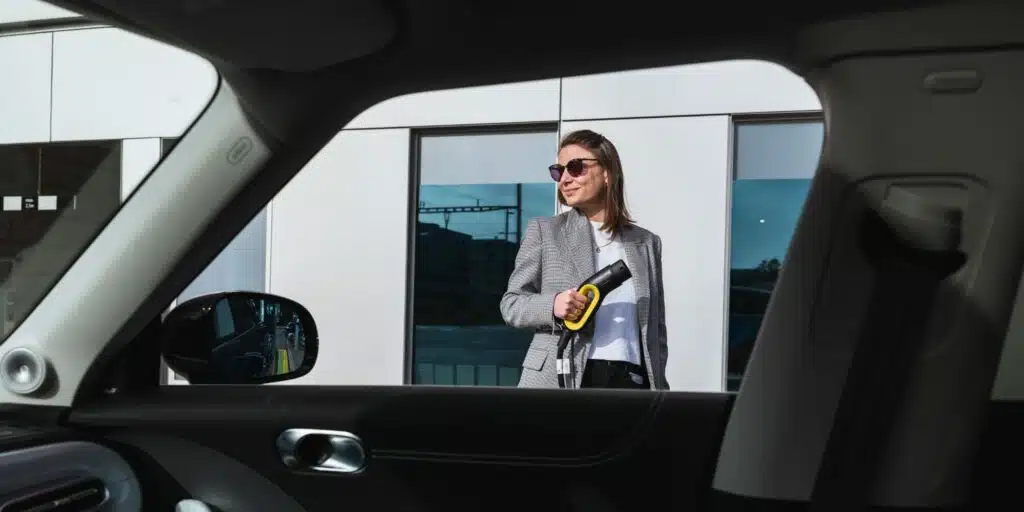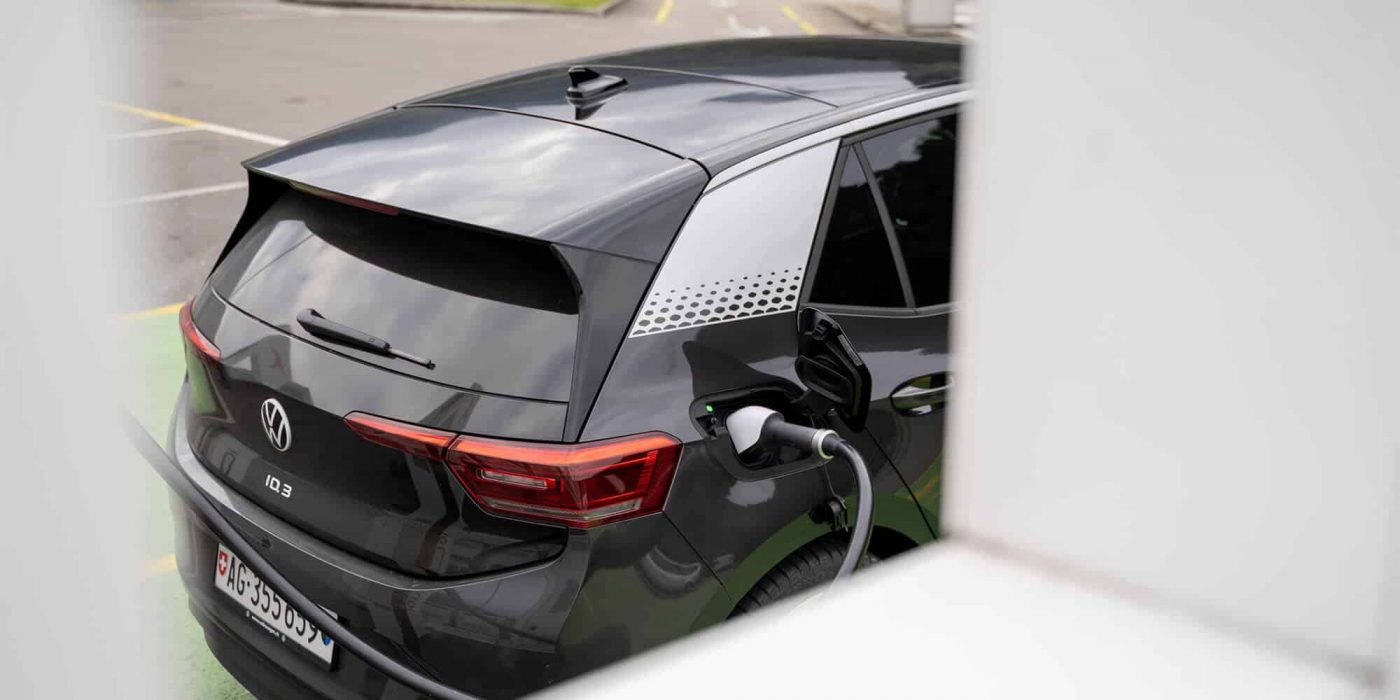
A post by guest author Hans Fischer, electric car expert, owner of technikblog.ch and co-founder of Solar Manager AG.
How did the shortage come about?
In Switzerland, the Federal Council’s call for energy saving came about as a result of several events. On the one hand, it was due to the war in Ukraine and its consequences for gas deliveries to Europe and, on the other hand, it was also due to longer shutdown times at French nuclear power plants than planned. It was therefore assumed that demand in the electricity market would outstrip supply, and the reservoirs were particularly critical for Swiss supply. Due to the mild winter, however, there was never a critical bottleneck with targeted shutdowns.
Integrated energy, but how?
When fossil fuels such as coal, oil and natural gas are burned, greenhouse gases such as carbon dioxide (CO2) are released. With the electrification of transport and the switch to heat pumps for heat generation, the three sectors are shifting to an electric energy supply. This makes a renewable supply possible in the first place.
But please note: though power consumption increases with electric cars and heat pumps, energy consumption decreases by a factor of around 4 through increased efficiency.
How much of Switzerland’s electricity demand is from electric cars?
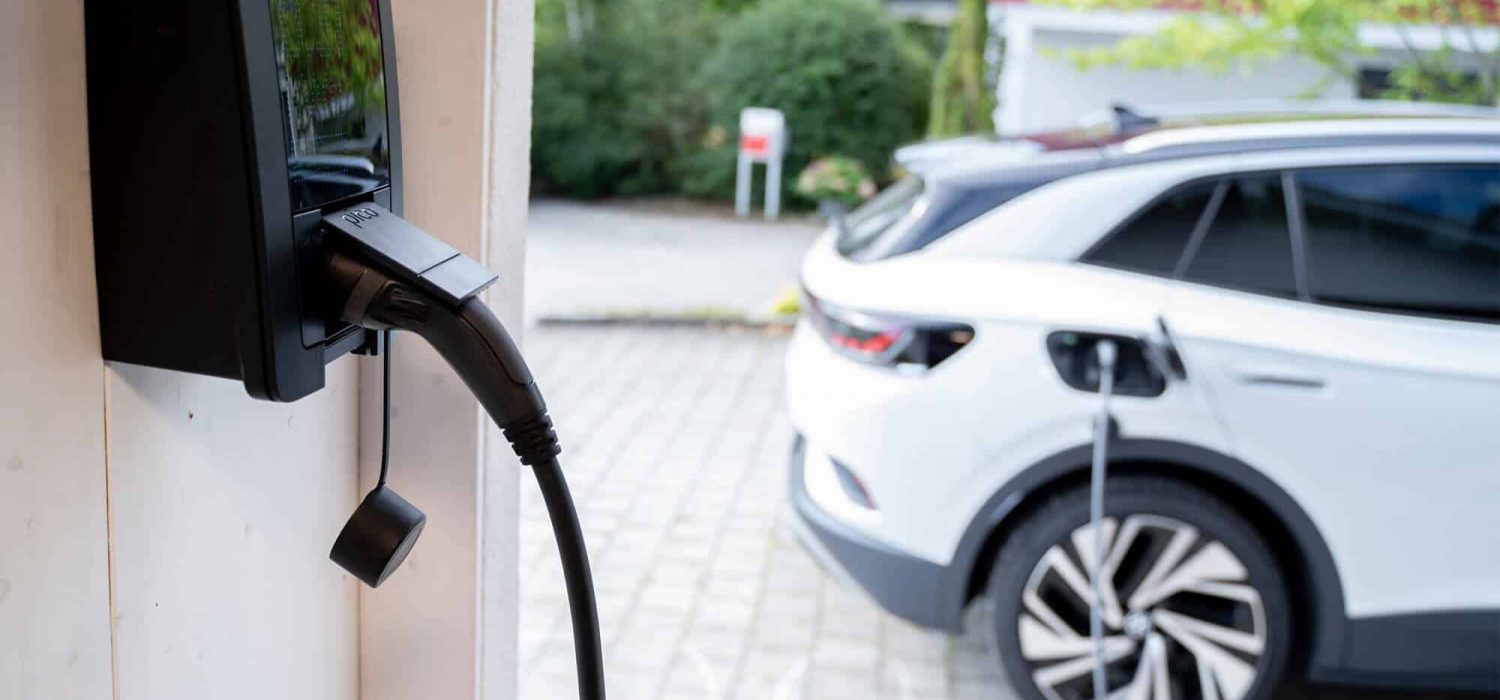
Switzerland’s annual electrical energy demand in 2021 was around 58.1 TWh (in words: terawatt hours). The data from 2022 is not yet available. Now we can extrapolate the electricity consumption of the 100,000 or so electric cars registered in Switzerland in 2022 and arrive at a share of Swiss electricity demand of just 0.4%, which is also confirmed by Christoph Schreyer, head of the Energy Efficiency in Transport division at SFOE.
Currently, only around 2% of vehicles in Switzerland are electrified. There are also figures on this from the industry association Swiss eMobility, which are presented in “Scenario 2035: market penetration for plug-in vehicles (PEV) in Switzerland”.
For example, the association estimates that the Swiss will have between 2.4 and 2.9 million plug-in cars on the roads in 2035. This would translate into an additional annual electricity demand of 5400 to 6700 GWh. Meaning that the 0.4 percent share of total electricity consumption today would increase to around 10% in 2035.
Where are we going to get the extra electricity from?
Renewable energy sources are of course the obvious choice here, above all photovoltaics. Switzerland installed more than one additional gigawatt of PV capacity over the past year. This corresponds to the output of the Gösgen nuclear power plant. Compared to the previous year, the increase in solar power production is 25 percent and Swiss solar plants now supply 6.3% of the power demand.
The massive expansion of domestic PV production goes hand in hand with the electrification of road transport. These scenarios are nicely illustrated in the Axpo Powerswitcher, where the additional electrical energy demand is covered in various scenarios.
How many panels do I need to power an electric car?
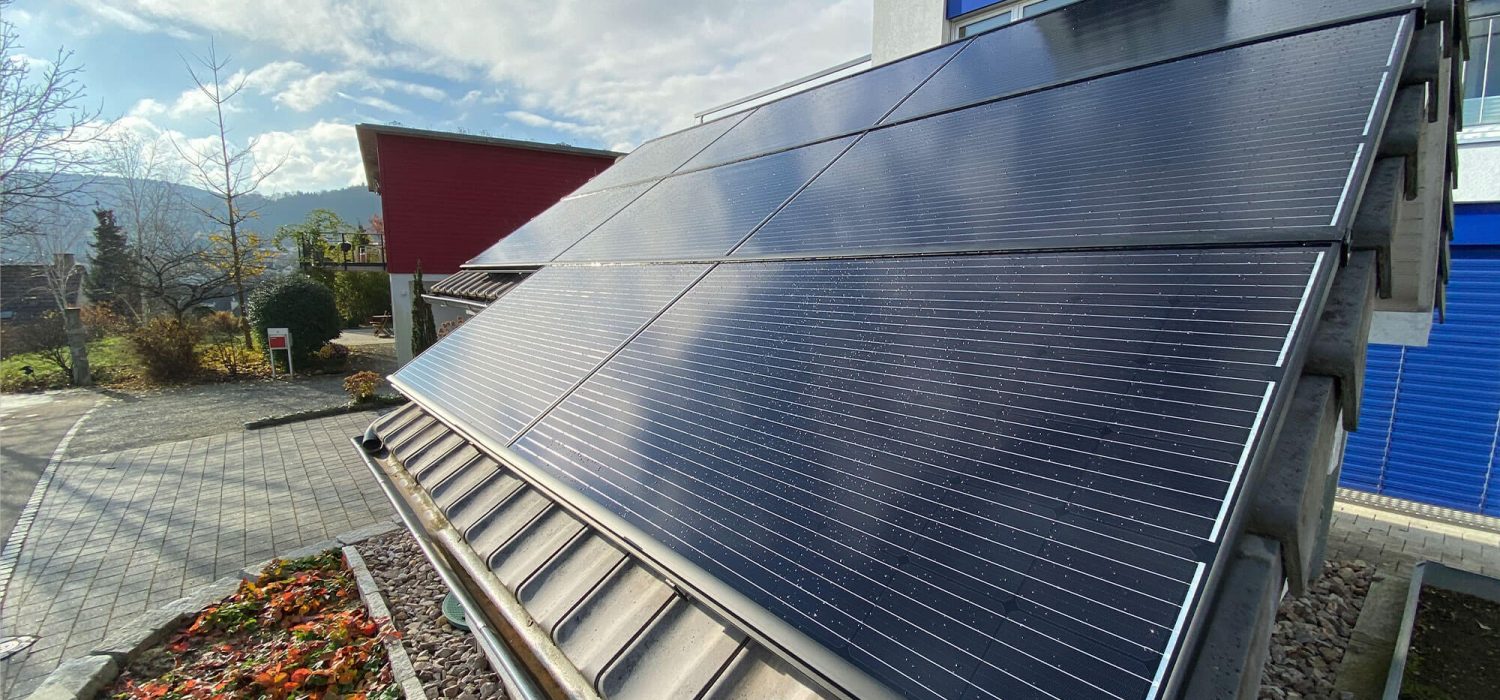
I am asked this question again and again, and for some years now I have been able to answer it very well with the help of a practical example.
I have installed 8 PV modules on my carport. These supply around 2.3 MWh of energy per year. This means I generate as much electrical energy per year as I need to cover 12,000 km per year with my electric car. This corresponds pretty much to the average mileage of a passenger car in Switzerland.
To put it simply, if around 8 PV modules are mounted on a carport or garage for each electric car, the annual consumption will have been generated renewably. You can either have projects like this implemented by Helion at your home or you can simply participate in a solar project with a few panels via Solarify.
Where do we stand in the future?
In the future, we will not be faced with a large-scale consumer in electromobility that causes us concern, but an active participant in the smart grid. Due to the rapid expansion of renewable energies, a shortage should no longer be an issue in the longer-term future. The smart grid is used to distribute decentrally produced energy in a targeted manner in the grid, to avoid excessive load peaks.
Thousands of electric cars on the grid that can be selectively charged to serve the grid will help with this. If things go even further, we will also be able to talk in future about bidirectional charging infrastructure. This turns electric cars into mobile storage units that help to secure Switzerland’s electricity supply through targeted charging and discharging.
About Hans
Hans Fischer is a long-standing electric car expert in the field of technology and renewable energy. On his blog, technikblog.ch, he regularly shares his expertise and experiences on the topics of solar energy, electromobility, smart home, etc. As co-founder of Solar Manager AG, his main job is to find efficient ways to make the most of solar power production.
Your electric car made easy.
You choose the electric car that suits you and specify the desired minimum term of between one and 48 months and a monthly mileage between 250 and 4000 kilometres. You then pay a fixed monthly rate that covers all costs, even charging at public charging stations. Clyde is the only provider that delivers cars free of charge to anywhere in Switzerland. The entire purchase process is completely digital.

